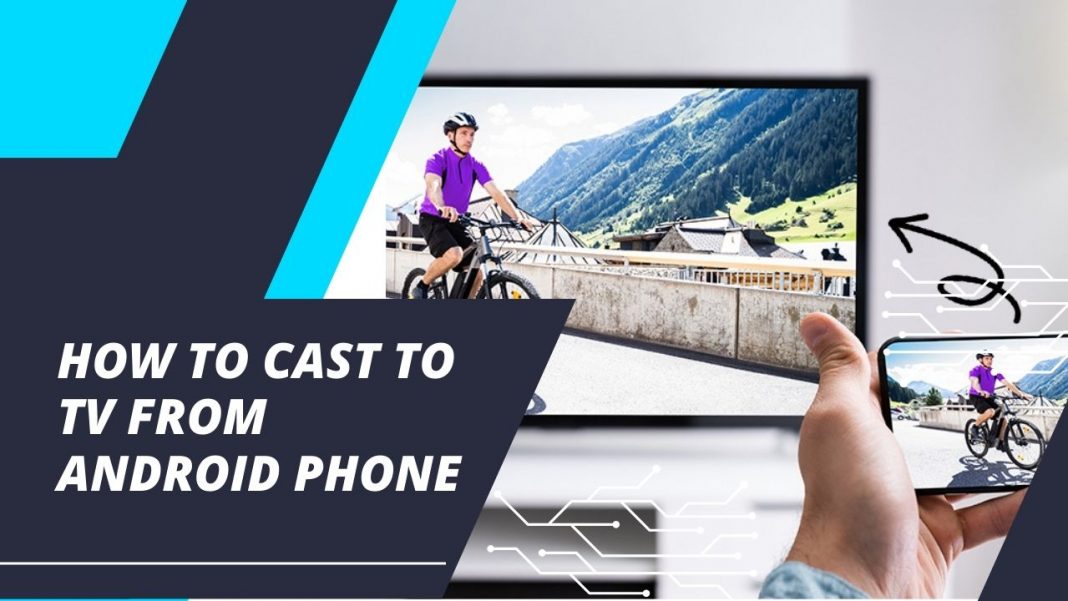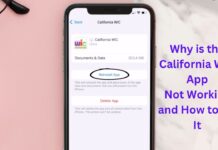Casting your Android phone screen to your TV is a great way to view photos, videos, websites, apps, and more on the big screen. Whether you want to share a funny YouTube clip with friends or view your vacation photos on your 4K TV, casting from your Android device is easy with the right tools. Here, I am going to show you the different ways to cast from Android and walk you through the setup process step-by-step.
Contents
What You’ll Need
Before getting started, make sure you have the following:
- An Android phone or tablet running Android 5.0 or later
- A TV with an HDMI port
- A Chromecast, Fire TV Stick, Roku device, or smart TV with built-in casting capabilities
- Both devices connected to the same Wi-Fi network
If your TV doesn’t natively support casting, a streaming stick like Chromecast or Fire TV Stick enables you to cast content easily.
Use the Built-In Cast Feature
Most Android devices running Android 5.0 or later have Google’s casting protocol built in, making it easy to cast content to supported devices. Here’s how it works:
Step 1: Connect both your Android device and TV or streaming stick to the same WiFi network. Make sure you have the latest version of the YouTube or Netflix app installed.
Step 2: Open the app you want to cast from on your Android device and start playing a video or select a photo. Tap the Cast button – it looks like a WiFi symbol.
Step 3: Select the Chromecast, smart TV, or other receiving device from the list to connect to it.
Step 4: The video or photo will start playing on your TV while still being controlled from the app on your phone. Enjoy!
To stop casting, simply tap the Cast button again and select “Disconnect”.
Use Smart View to Cast to a Samsung TV
If you have a Samsung Galaxy phone and a compatible Samsung TV, you can use the built-in Smart View feature to cast content.
Step 1: Enable Screen Mirroring on your Samsung TV by selecting it from the Source menu.
Step 2: On your Samsung Galaxy device, open the Notification Shade and tap Smart View.
Step 3: Select your Samsung TV from the list.
Step 4: Apps, videos, and websites you now open on your phone will be cast directly to the big screen.
Step 5: To stop casting, open the Notification Shade again and tap Smart View > Disconnect.
Use Third-Party Apps
If your Android device or TV doesn’t support native casting, third-party apps like LocalCast, Web Video Caster, or AllCast can help bridge the gap.
Here’s how to use LocalCast specifically:
Step 1: Install LocalCast on your Android device and the LocalCast Receiver app on your streaming box or smart TV if needed.
Step 2: Connect your Android device and TV/streaming box to the same WiFi network.
Step 3: On your Android device, open LocalCast and select the Chromecast, Fire TV, Roku, or DLNA TV you want to cast to.
Step 4: Tap the Cast button from within supported apps like YouTube or Gallery to cast to the big screen.
These types of apps connect to TVs over WiFi, removing the need for internet connectivity. They offer more customization than the built-in casting feature.
Use an HDMI Cable
If all else fails, you can physically connect your Android device to your TV using an HDMI cable. You’ll need either an adapter or an Android phone with HDMI output capability.
Step 1: Use a USB-C to HDMI or Micro HDMI to HDMI cable to connect your Android device to one of your TV’s HDMI ports.
Step 2: The TV input should automatically switch to your Android phone’s display.
Step 3: Enable screen mirroring on your Android device if prompted. Your phone or tablet’s screen will now be displayed on the big screen.
Step 4: To disconnect, simply unplug the HDMI cable.
The wired connection provides lower latency and higher quality than wireless casting. But obviously, your Android device must be physically tethered to the TV.
Conclusion
Whether your TV is a few years old or brand new, you can probably cast content from your Android phone using the built-in casting features, an app like LocalCast, or a wired HDMI connection.
The simplest options are using the native casting abilities in Android or leveraging a Chromecast. But with a range of apps and cables available, even if your devices don’t support casting out of the box, beaming videos, photos, and more to the TV is easy.
Now invite over some friends and family to watch that viral video on the big screen.

































 Online casino
Online casino
